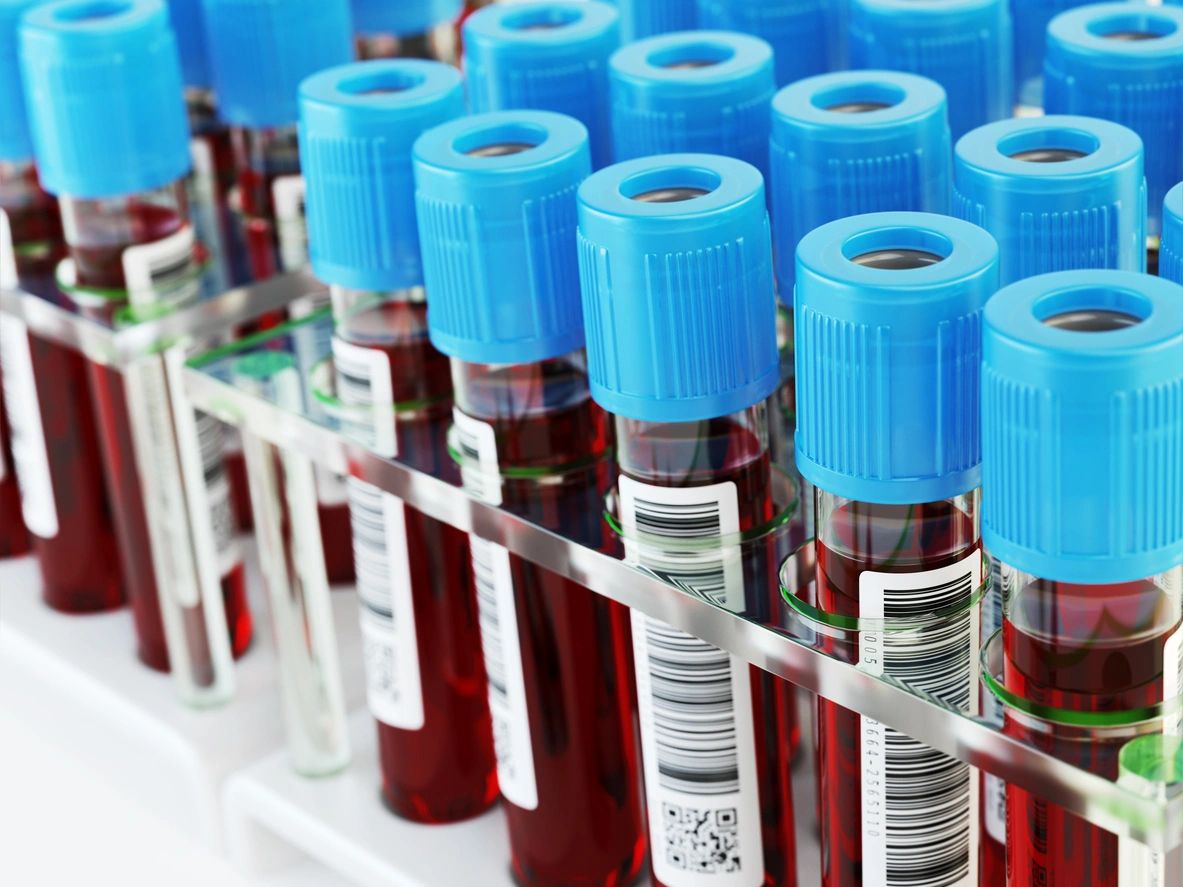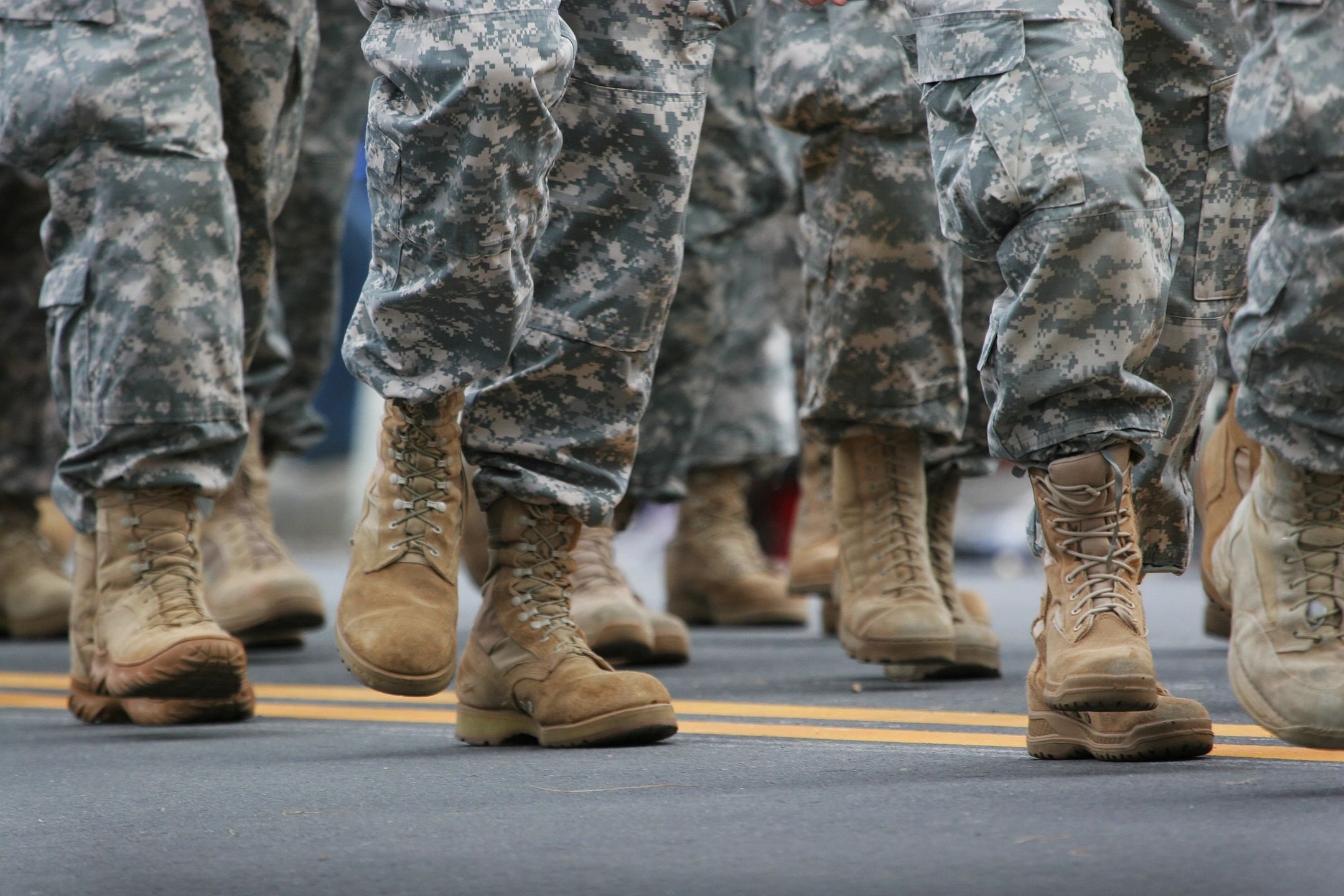Written for print magazine in 2021
Why Give Blood?
Each year an estimated 4.5 million Americans need a blood transfusion1. There are many reasons that someone might need a transfusion, ranging from anaemia to childbirth, surgery to cancer. The simple truth is that donating blood saves lives. Unfortunately, since donated blood only has a shelf-life of 42 days2, there is a constant demand for new donations.
There are several options available to you when donating blood. Depending on your blood type, you can elect to donate in the method which will allow you to make the greatest impact.
Whole Blood Donations
Whole blood donations are the most common method. For a whole blood donation, you can expect to donate roughly a pint of blood. That might sound like a lot, but your body will replace the donated blood within 36 hours3. Whole blood donations can be used in a variety of ways. The blood can be transfused directly to help recovering trauma and surgery patients who have lost a dangerous amount of blood or the donated blood can be separated into its base components—red cells, platelets, and plasma—and used to treat three different patients.
Every blood type is helpful for whole blood donations, though O negative is in the highest demand since it is the universal blood type, used by hospitals in emergency situations. Anyone who is healthy and eligible to donate blood can make a whole blood donation once every 56 days.
Platelet Donations
While platelets can be separated from the rest of a blood sample after-the-fact, a platelet-specific donation provides roughly five times as many platelets as a single whole blood donation. Platelets are important because they help blood to clot, making platelet transfusions a vital component in many cancer treatments, as well as other life-threatening conditions. Another advantage of platelet donations is that they can be performed every 7 days, up to 24 times a year—far more frequently than any other type of blood donation4.
Plasma Donations
Blood plasma is used to treat severe burns, trauma, shock, and liver disease. Unlike other blood transfusions, where the universal blood type is O negative, the universal plasma type is AB. Plasma can be donated every 28 days, up to 13 times per year4.
Power Red Donations
If your blood type is A negative, B negative, or O, you are a good candidate for a Power Red donation. In a Power Red donation, the plasma and platelets are separated from the blood and put back into the body, allowing for a larger amount of red blood cells to be donated in each sitting.
Is Giving Blood Safe?
Giving blood is a highly regulated process. Before you ever give blood, you must provide a summary of your medical history and undergo a brief physical to make sure that you are healthy enough to be a donor. Do not attempt to give blood if you are anaemic, pregnant, sick, or taking certain medications.
Once you are approved as a donor, a trained professional will prick your elbow with a needle. Don’t worry, it won’t hurt for more than a moment. Giving blood is an incredibly safe procedure. Both the needle and blood bag assigned to you are sterilized before use and, to insure the safest possible conditions, are never reused3.
In recent years, donation centers have increased their already-strict sterilization practices to make sure that donors remain safe from contracting Covid-19 while giving blood.
Where to Donate Blood
There are many local, independent blood centers located around the country where you can regularly donate blood. If you would prefer to donate through a larger organization, the American Red Cross consistently hosts blood drives. Fnd a blood drive near you.
Due to an increased number of traumas and elective surgeries taking place this year, the country is currently experiencing a severe blood shortage5. If you are currently on the fence about becoming a donor, you should know that there has never been a better time to get started. Your donation could be the difference between life and death.
Sources:
1: The Importance of Blood Donations
2. What Happens to Donated Blood
3. Blood products: Blood donation
5. Nation confronts severe blood shortage: Blood donations urgently needed




